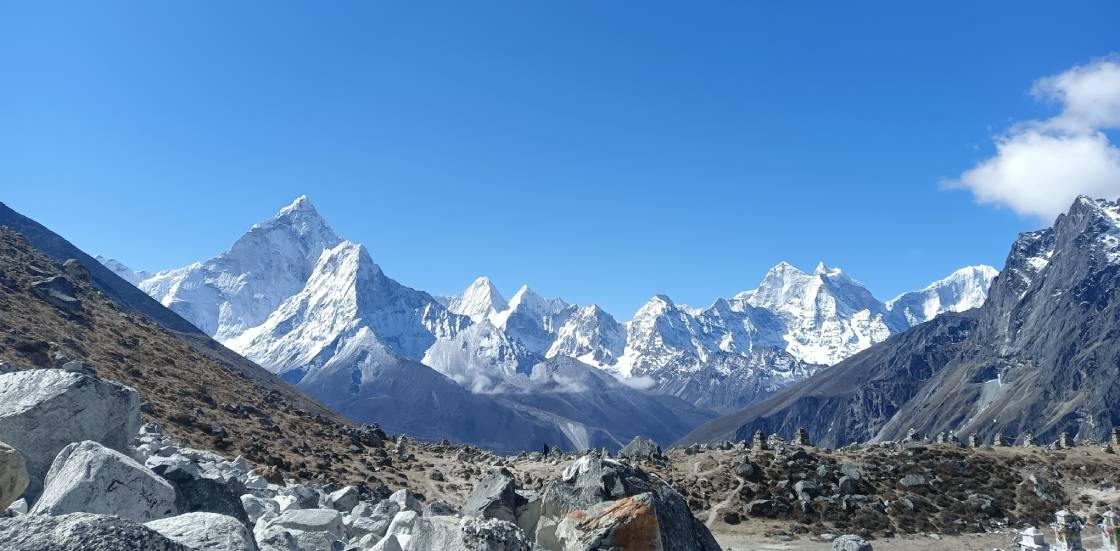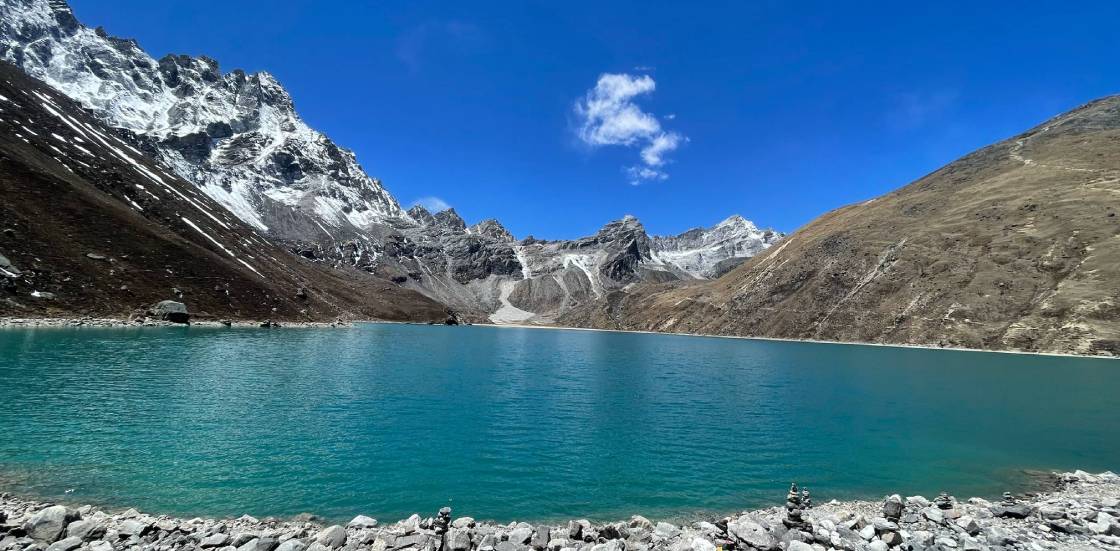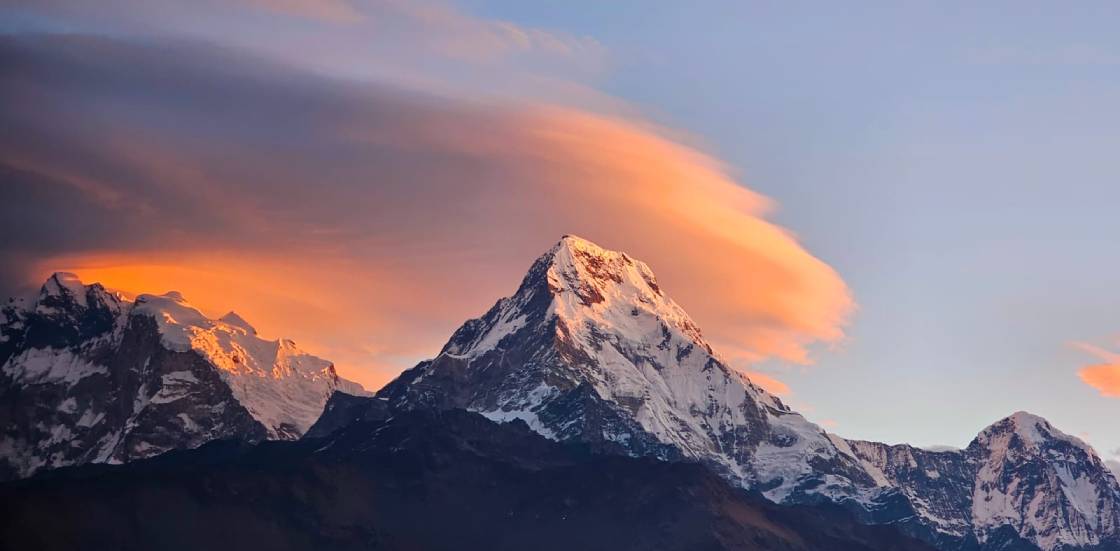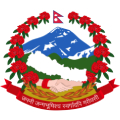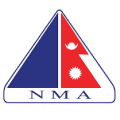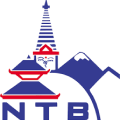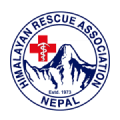Everest Base Camp Trek
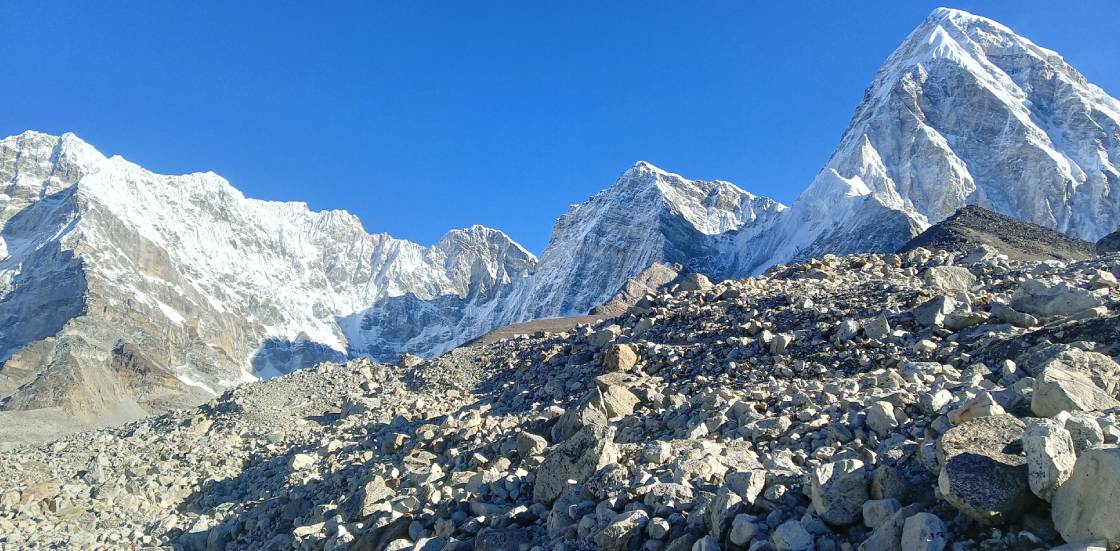
Trek Duration
15 Days
Best time to go
Sep-Nov, Mar-May
Group Size
2-25 People
Max Trekking Altitude
5,545 meter
Accommodation
Teahouse
Trek Grade
moderate
Area
Everest Region
Hours of Walking
4-9 Hours per day
Start point - End point
Kathmandu
Everest Base Camp trek is one of the most iconic and awe-inspiring adventures in the world. Nestled in the heart of the Himalayas, this unforgettable journey takes you to the foot of the world’s highest peak, Mount Everest. Along the way, trekkers are treated to breathtaking views of towering snow-capped mountains, serene alpine landscapes, and a rich cultural immersion into the Sherpa way of life. Reaching Everest Base Camp offers a profound sense of accomplishment as you stand at 5,364 meters, surrounded by some of the most spectacular mountain scenery on Earth. Whether you’re an experienced trekker or a first-time adventurer, this trek promises an experience of a lifetime, blending physical challenge with unparalleled natural beauty.
Way about the Everest Base Camp trek
The 12-day trek to Everest Base Camp is an extraordinary journey that takes adventurers through some of the most breathtaking landscapes in the world, culminating in the iconic view of Mount Mount Everest from its base. The trek is designed to offer trekkers a balance of adventure, cultural exploration, and natural beauty while ensuring proper acclimatization to the high altitudes.
The journey begins with a scenic flight from Kathmandu to Lukla, a small mountain airstrip that serves as the gateway to the Everest region. From Lukla, trekkers begin their walk through the picturesque village of Phakding, following the Dudh Koshi River, before gradually ascending to Namche Bazaar, the bustling Sherpa town known as the gateway to Everest. Everest Base Camp trek
Over the next several days, trekkers make their way through the beautiful Sagarmatha National Park, home to dense forests, vibrant rhododendron trees, and diverse wildlife. As the trek continues, hikers pass through traditional Sherpa villages like Tengboche, where they can visit the famous Tengboche Monastery, a spiritual hub with stunning views of Everest and its surrounding peaks. Each day, trekkers gradually ascend, allowing their bodies to adjust to the thinning air, with strategic rest days built into the itinerary to ensure proper acclimatization. The climb to Everest Base Camp itself is a challenging yet rewarding experience, passing through rocky trails, glaciers, and the awe-inspiring Khumbu Icefall, one of the most spectacular sights along the way. Everest Base Camp trek
After several days of steady progress on the 12th day, trekkers reach Everest Base Camp trek, located at an elevation of 5,364 meters. The view from Base Camp is nothing short of mesmerizing, with towering peaks like Lhotse, Nuptse, and, of course, Everest itself, dominating the horizon. Standing at the foot of the world’s highest mountain is an incredible achievement and an emotional moment for many trekkers.
While at Everest Base Camp trek , trekkers can take in the dramatic landscape and experience the unique atmosphere of this remote, high-altitude environment. The trek can be further extended by adding a hike to Kala Patthar, a nearby peak that offers panoramic views of Mount Everest and the surrounding Himalayas, making it one of the best spots for photographs. Everest Base Camp trek
The trek back to Lukla follows a similar route, allowing trekkers to relive the beauty of the landscapes in reverse. The 12-day itinerary is designed to ensure a well-paced journey, with ample time for acclimatization, rest, and cultural immersion. Along the way, trekkers have the opportunity to interact with the local Sherpa communities, learn about their unique customs and traditions, and witness their resilience in this remote and challenging environment.
Ultimately, the 15-day Everest Base Camp trek is a once-in-a-lifetime adventure that combines physical challenge, awe-inspiring natural beauty, and deep cultural experiences, leaving trekkers with memories that last a lifetime. Everest Base Camp trek
Itenary
We begin the trip with your arrival at the Tribhuvan International Airport. To make things easier, we’ll send one of our staff to pick you up and drop you at the hotel.Overnight at the hotel.
Embark on a fascinating World Heritage Sightseeing Tour in the Kathmandu Valley, where history, spirituality, and art come together in stunning harmony. This tour takes you to several UNESCO World Heritage Sites, including the ancient royal courtyard of Kathmandu Durbar Square, with its intricately carved palaces and temples. You’ll visit the majestic Swayambhunath Stupa (Monkey Temple), one of the oldest Buddhist shrines in Nepal, offering panoramic views of the valley. The journey continues to the sacred Pashupatinath Temple, Nepal’s holiest Hindu temple, located on the banks of the Bagmati River, and finally to the massive Boudhanath Stupa, a spiritual center for Tibetan Buddhists. This cultural exploration offers a deep insight into Nepal’s living heritage, rich architecture, and timeless spiritual traditions.
Your adventure begins with an early morning scenic flight from Kathmandu to Lukla (2,800m) one of the most thrilling airstrips in the world, nestled in the heart of the Himalayas. After landing, you’ll meet your trekking crew and begin your first day on the trail. The trek to Phakding (2,610m) is a relatively gentle walk of about 3 to 4 hours, following the Dudh Koshi River through charming Sherpa villages, prayer wheels, and lush pine forests. It’s a great day for getting used to the trail and beginning your acclimatization. Upon arrival in Phakding, you’ll settle into a cozy teahouse and enjoy your first night in the Everest region.
After breakfast in Phakding, you’ll begin the trek toward Namche Bazaar (3,440m), the vibrant heart of the Khumbu region and the gateway to Everest. The trail follows the Dudh Koshi River, crossing several suspension bridges including the iconic Hillary Suspension Bridge and passes through pine forests and small Sherpa settlements. This day involves a steady ascent, especially in the final two hours, where the trail climbs steeply through switchbacks. As you gain altitude, the air becomes thinner, and it’s important to pace yourself and stay well-hydrated. After about 6 to 7 hours of trekking, you’ll reach Namche Bazaar, a lively mountain town filled with lodges, cafes, and shops. On a clear day, you may even catch your first glimpse of Mount Everest in the distance.
Today is an important acclimatization day in Namche Bazaar to help your body adjust to the increasing altitude. Rather than complete rest, you’ll take a short yet rewarding hike to the famous Hotel Everest View (3,880m), one of the highest-altitude hotels in the world. The trail offers breathtaking views of Mount Everest, Ama Dablam, Lhotse, and other majestic peaks. The gradual climb takes about 3–4 hours and passes through the beautiful village of Khumjung, where you can also visit a local monastery that houses a legendary “yeti scalp.” After enjoying tea or lunch at the hotel’s scenic terrace, you’ll descend back to Namche for the night. This hike not only provides stunning Himalayan panoramas but also plays a key role in altitude adaptation for the days ahead.
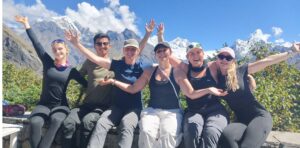
After breakfast in Namche Bazaar, the trail continues toward Deboche (3,820m), offering one of the most scenic trekking days in the Everest region. The path begins with a gentle climb and contours along the mountainside, revealing jaw-dropping views of Everest, Ama Dablam, Lhotse, and Thamserku. After reaching Tengboche (3,867m) home to the famous Tengboche Monastery, the largest in the Khumbu you’ll have time to explore the spiritual site, often with chanting monks and panoramic Himalayan backdrops. From Tengboche, it’s a short descent through rhododendron forests to the quieter village of Deboche, where you’ll stay the night. The trek takes around 5 to 6 hours in total, with a mix of ups and downs that challenge your endurance while continuing gradual acclimatization.
Today, you’ll trek from Deboche to Dingboche (4,410m), gradually gaining altitude as you move deeper into the heart of the Khumbu region. The trail descends slightly through forested areas before crossing the Imja Khola River via a suspension bridge. You’ll pass through Pangboche, one of the oldest Sherpa villages in the area, with an optional stop at the ancient Pangboche Monastery. From here, the landscape begins to open up, with fewer trees and more expansive alpine views. The trail steadily climbs through yak pastures and stone-walled fields before reaching Dingboche, a scenic village nestled beneath towering peaks like Ama Dablam, Lhotse, and Island Peak. The trek takes around 5 to 6 hours and is a key step in acclimatization. Dingboche is also known for its dramatic mountain backdrop and tranquil atmosphere, making it a perfect place to rest and adjust to the higher elevation.
Today is an essential acclimatization day in Dingboche (4,410m) to help your body adjust to the higher altitude before ascending further. Rather than a full rest, you’ll take a challenging yet rewarding hike up to Nagarjun Hill (5,089m), a ridge located just above the village. The steep climb takes about 3 to 4 hours round trip and is an excellent way to strengthen your lungs and legs while preparing for the altitudes ahead. From the top, you’ll be rewarded with breathtaking panoramic views of Makalu, Lhotse, Cho Oyu, Ama Dablam, and even Island Peak. After spending some time at the summit for photos and rest, you’ll descend back to Dingboche for lunch and a relaxed afternoon. Staying active while gaining elevation is key to safe acclimatization, and this day strikes a perfect balance between effort and recovery.
After breakfast in Dingboche, the trek continues with a gradual ascent toward Lobuche (4,910m). The trail begins with a gentle climb through alpine meadows and pastures, gradually giving way to more rugged, rocky terrain as you ascend. You’ll pass through the small settlement of Dughla (Thukla), where many trekkers stop for tea or a short break before tackling the steep climb to the Thukla Pass.
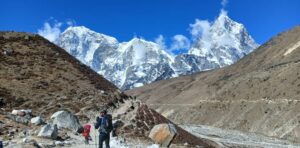
At the top of the pass, you’ll find a moving memorial site with stone monuments honoring climbers who have lost their lives on Everest. From here, the trail levels out and follows the lateral moraine of the Khumbu Glacier, offering dramatic views of Lobuche Peak, Pumori, and Nuptse. The trek takes about 5 to 6 hours in total. Upon arrival in Lobuche, you’ll check into a teahouse and rest for the night, preparing for the approach Everest Base Camp.
Today is one of the most exciting and rewarding days of the trek. After an early breakfast in Lobuche, you’ll follow the trail alongside the Khumbu Glacier, making your way toward Gorakshep (5,140m) the last settlement before Everest Base Camp. After a short rest and dropping off your bags, you’ll continue on to Everest Base Camp (5,364m). The trail is rocky and winds through glacial moraine with incredible views of Khumbu Icefall, Pumori, Lingtren, and Nuptse. Standing at Base Camp is a powerful moment, surrounded by prayer flags, ice formations, and climbers preparing to summit Everest in the peak season. After spending time soaking in the views and taking photos, you’ll retrace your steps back to Gorakshep for the night. The full day takes about 7–8 hours round trip and requires good stamina, but the experience of reaching Base Camp is truly unforgettable.
Today starts with an early morning hike to Kala Patthar (5,545m), the highest point of the trek and one of the best vantage spots to witness breathtaking sunrise views over Mount Everest, Lhotse, Nuptse, and the surrounding Himalayan giants. The climb is steep and challenging but absolutely worth the effort for the panoramic and unobstructed views of the towering peaks and the vast Khumbu Glacier below.
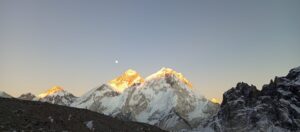
After soaking in the incredible scenery and capturing memorable photos, you’ll descend back to Gorakshep for breakfast before beginning the trek down to Pheriche (4,250m). The descent offers a change of pace and allows your body to recover as you move through beautiful landscapes of rhododendron forests and terraced fields. The trek to Pheriche usually takes about 5 to 6 hours, giving you a well-earned rest for the coming days.
After breakfast in Pheriche, you’ll begin the descent back toward Namche Bazaar (3,440m). The trail gradually winds downhill through lush rhododendron forests and Sherpa villages, offering a pleasant and scenic trek. Along the way, you’ll pass through charming settlements like Dingboche and Tengboche, where you can stop to visit the famous Tengboche Monastery if you missed it on the way up. The descent takes about 8 to 9 hours, providing a nice opportunity to reflect on your journey through the Everest region while enjoying the changing landscapes. Upon arrival in Namche Bazaar, you can relax at your lodge and enjoy the lively mountain town atmosphere.
Today you’ll trek from Namche Bazaar back down to Lukla (2,800m), retracing the trail through forests, rivers, and traditional Sherpa villages. The descent is generally easier on the knees but still requires careful footing on uneven paths and suspension bridges. Along the way, enjoy the beautiful views of the surrounding peaks and the lively local culture. The trek usually takes around 8 to 9 hours, ending with your arrival in Lukla, where you can relax and prepare for your flight back to Kathmandu the next day.
After an early breakfast, you’ll take a scenic flight from Lukla (2,800m) back to Kathmandu (1,300m). The flight offers breathtaking aerial views of the Himalayan peaks and the valleys below, providing a memorable end to your trekking adventure. Once you arrive in Kathmandu, you’ll be transferred to your hotel where you can relax, freshen up, and celebrate the completion of your incredible journey in the Everest region.
Today marks the end of your unforgettable journey. After breakfast, you will check out from your hotel and be transferred to Tribhuvan International Airport for your onward flight to your next destination. We hope you take with you wonderful memories of the Himalayas, the vibrant culture, and the incredible experiences you’ve had along the way. Safe travels and we look forward to welcoming you again in the future.
Cost Include
- Pick up & drop from the Airport by private Car/Van/Bus as per group size
- 3 nights hotel accommodation in Kathmandu with Breakfast
- Welcome or Farewell dinner in Kathmandu at Nepali ethnic restaurant
- 1 day sightseeing tour in Kathmandu by private Car/Van/Bus as per group size
- An English speaking tour guide for city tour
- Plenty of safe drinking water & basic medicine during the trek
- Trekking equipment (sleeping bag/ down jacket & trekking pole) if require
- Both way air ticket (KTM-LUKLA-KTM) for the Member & Guide including Airport tax
- Local Development Fees for Everest region
- Sagarmatha (Everest) National Park fees
- Fresh Meals on full board (Breakfast/Lunch/Dinner) with Hot drinks (Tea/ Coffee) single item
- An English Speaking (government license holder) Local Expert Trekking Guide, Assistant Guide & Porters (as per group size)
- All applicable government taxes/ local charges
- Staff daily wages, insurance, equipment, domestic airfare, food, and accommodation
Cost Exclude
- International airfare
- Monument Entrance fee during sightseeing in Kathmandu
- Lunch and Dinner during your stay in Kathmandu (except welcome or farewell dinner)
- Personal expenses: phone call, laundry, bar bills, battery recharge, mineral water & hot shower
- Rescues, repatriation, medicines, medical tests and hospitalization expenses
- Clothing packing items or bags, personal medical kit
- Any additional staff other than specified
- Tips for guide & porter
FAQs
Everest Base Camp trekking is a popular adventure hike in Nepal that takes you through the heart of the Himalayas to the base of Mount Everest, the world’s highest peak. The trek usually starts from Lukla and passes through scenic Sherpa villages like Namche Bazaar and Tengboche, offering breathtaking views of snow-capped mountains, glaciers, and diverse landscapes. It’s a challenging but rewarding journey that allows trekkers to experience local culture, high-altitude terrain, and stunning natural beauty.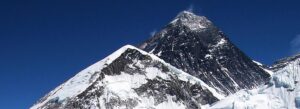
The Everest Base Camp trek is considered moderately to highly difficult due to its high altitude, rugged terrain, and long duration. Trekkers typically walk 5–7 hours a day for about 12–14 days, with the highest point reaching over 5,500 meters (18,000 feet). While no technical climbing is required, the thin air can cause altitude sickness, and the physical demands require good fitness and preparation. However, with proper acclimatization and pacing, many people with determination and basic trekking experience successfully complete it.
The best time to do the Everest Base Camp trek is during the spring (March to May) and autumn (September to November) seasons. These months offer clear skies, stable weather, and stunning mountain views, making for ideal trekking conditions. Spring brings blooming rhododendrons and mild temperatures, while autumn offers crisp air and excellent visibility after the monsoon rains. These peak seasons are also the most popular, so expect more fellow trekkers on the trail.
The Everest Base Camp trek typically takes about 12 to 14 days to complete. This includes time for trekking to the base camp, returning to Lukla, and a few days for acclimatization to help prevent altitude sickness.
During the Everest Base Camp (EBC) trek, tea houses are the primary form of accommodation and are found in every village along the route. These tea houses are basic yet comfortable lodges offering twin-bed rooms with shared bathrooms, though some have attached toilets at lower elevations. They provide warm meals—typically Nepali, Tibetan, and basic Western dishes like pasta or pancakes—and a communal dining area often heated by a stove. Amenities such as hot showers, Wi-Fi, and charging outlets are usually available for an extra fee. The quality varies slightly by location, with more facilities and comfort in places like Namche Bazaar and fewer at higher altitudes like Gorak Shep.
For the Everest Base Camp (EBC) trek, you’ll need essential trekking gear to handle cold temperatures, variable weather, and rugged terrain. This includes layered clothing (base layers, fleece, down jacket, waterproof shell), sturdy trekking boots, thermal socks, gloves, a warm hat, and sunglasses. A good-quality backpack (30–40L for day use), sleeping bag (rated to at least -10°C), trekking poles, and a headlamp are also important. Don’t forget water purification tablets, sunscreen, lip balm, a basic first aid kit, and personal hygiene items. Lightweight and moisture-wicking clothing is key, and pack as light as possible while staying prepared.
Yes, travel insurance is highly recommended for the Everest Base Camp trek. The trek involves high-altitude trekking in remote areas where medical facilities are limited. A good travel insurance policy should cover medical emergencies, including altitude sickness treatment and evacuation, trip cancellations, lost or delayed luggage, and unexpected changes to your travel plans. Additionally, ensure your insurance covers adventure activities and helicopter rescue, which can be crucial in emergencies. Having comprehensive travel insurance gives you peace of mind so you can focus on enjoying the incredible journey safely.
On the Everest Base Camp trek, you will reach a maximum altitude of about 5,364 meters (17,600 feet) at Everest Base Camp itself. Additionally, many trekkers hike up to Kala Patthar, which is even higher at approximately 5,545 meters (18,192 feet). The trek starts from Lukla at around 2,800 meters (9,186 feet) and gradually ascends through several villages and high passes, helping your body acclimatize along the way. Reaching these high altitudes means proper acclimatization and physical preparation are very important to avoid altitude sickness.
During the Everest Base Camp trek, you can expect to enjoy a variety of hearty and nutritious meals that keep you energized for the challenging days ahead. Most teahouses and lodges along the trail serve traditional Nepalese and Tibetan dishes such as dal bhat (lentil soup with rice), momo (Tibetan dumplings), noodles, thukpa (Tibetan noodle soup), and fried rice. You’ll also find simple Western options like pasta, omelets, and toast. Because of the remote location and limited supplies, meals tend to be basic but filling, and prices may be higher the further you go. It’s a good idea to carry some energy bars, nuts, or dried fruits for quick snacks during long trekking days.
